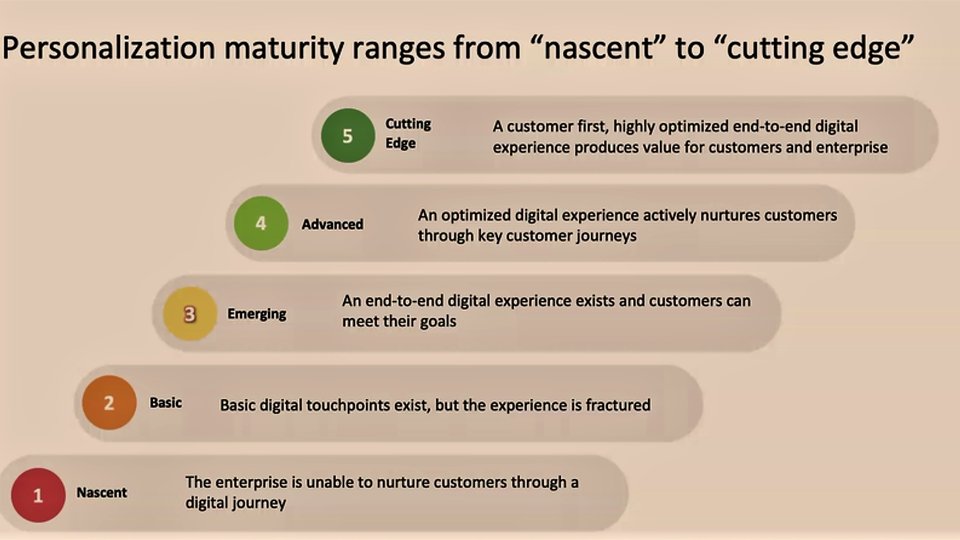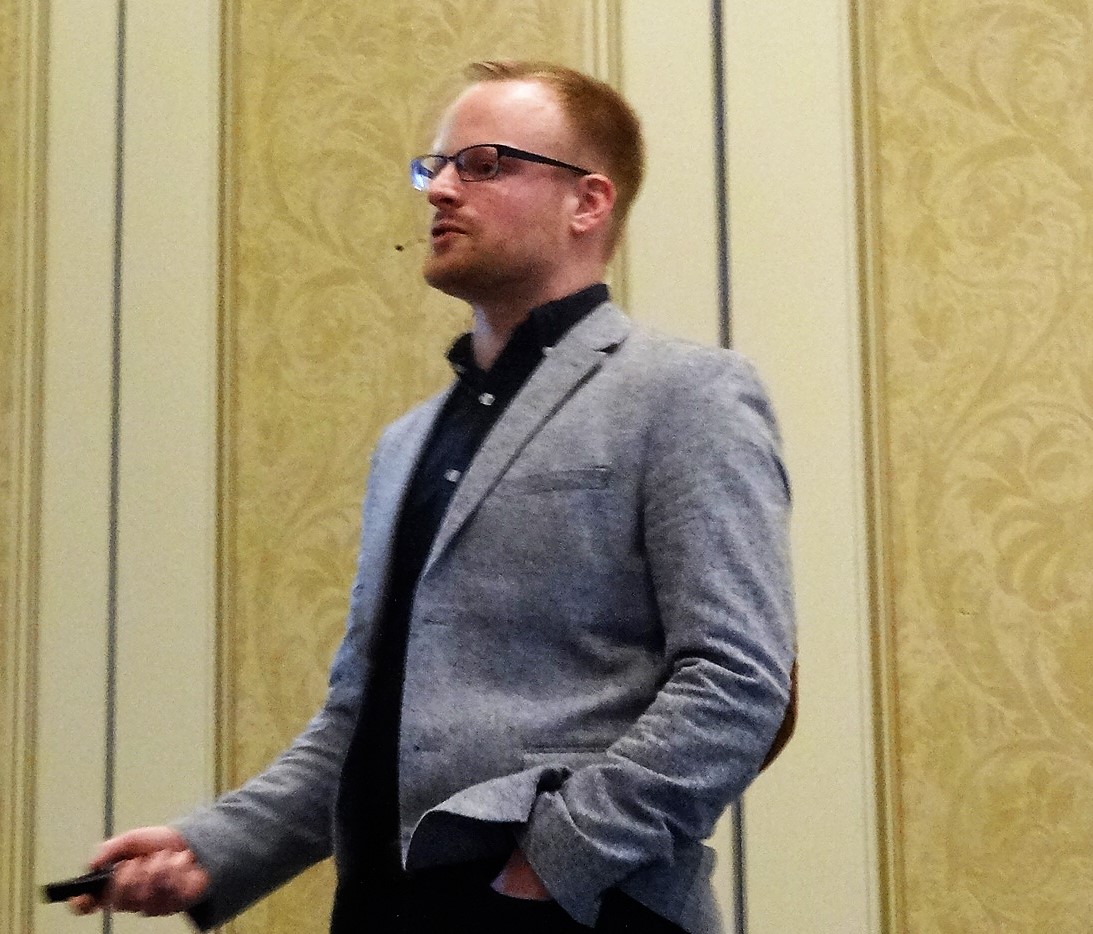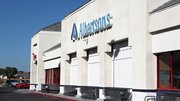Article
How Kohl's architected its personalization initiative
Tom Gores, senior manager of digital testing and optimization at Kohl's, shares insight on how the retailer restructured its teams to improve its personalization efforts.

April 23, 2019 by Elliot Maras — Editor, Kiosk Marketplace & Vending Times
Personalization is one of the most common buzzwords in retai, thanks to the evolution of social media, e-commerce and analytics. While most retailers agree it is important to success, achieving it presents numerous challenges.
 |
| Tom Gores explains the nuts and bolts of bringing teams together to improve personalization. |
Kohl's Department Stores is among the retailers that has dedicated itself to making the internal changes needed to improve personalization. Attendees at the recent Adobe Summit in Las Vegas got an inside look at how the retailer restructured its teams to accomplish this goal in a presentation titled, "How Kohl's architected its personalization program for scale and success."
Kimen Warner, director of product management, Adobe Target, began the session by presenting research from Adobe showing personalization can reduce customer acquisition costs by as much as half, boost revenues by 15% and improve marketing spend by 10 to 30%.
Personalization is technically optional for a company, Warner said, but it is necessary to market the company successfully.
Getting started is hard since it can't be done in a short time period. In addition, results can be difficult to measure in the beginning.
"You don't go from nascent all the way to cutting edge" in a short time, Warner said.
A companywide focus
Warner then turned the session over to Tom Gores, senior manager of digital testing and optimization, Kohl's, who described how he created a companywide focus on personalization. He said the company's goal was to have a centralized team dedicated to testing at scale in support of the whole organization.
One of his first steps was holding a "testing open house" to introduce the concept of "a/b testing" within the company.
A/b testing compares two or more versions of a digital experience — such as a web page, app or screen — to determine which performs best, according to the Adobe website. This technique allows a company to improve customer experience and enable audience targeting.
"We faced a lack of awareness and capabilities," Gores said. The organization had to be shown the benefits that "a/b" testing could offer.
"What we learned was that there was a general appetite and a curiosity for this type of work," Gores said. "We learned the importance of sharing and this idea that you democratize the data and you share in the results."
The company has since evolved to holding regular sharing sessions among different company groups.
Internal partnerships needed
Focus on personalization required an unprecedented partnership among different groups within the organization: marketing, technology and e-commerce — partnerships that were unfamiliar since everyone was working in separate silos.
"We learned that we could do a lot more together than we could do alone," he said. Now there are stronger partnerships among marketing, technology and e-commerce. "The sophistication of our testing and our use cases has grown," he said.
The company now has an ideas submission form that gathers all ideas in one place, which facilitates collaboration among staff. The staff evaluates and prioritizes ideas in weekly meetings. The next step is execution, followed by measurement.
"We always make sure that the KPIs align to the initial hypotheses," he said.
The digital strategy has evolved to one of flexible implementation and integration between experience and cloud solutions, Gores said.
"We've learned a lot about the integration of the cloud solutions."
Projects focus on customer needs
One of the main projects was "Your Price," which shows the price the customer gets if they use the available coupons. This project was driven by a customer seeking price clarity.
"We wanted to do something that would make it more clear for the customer," Gores said.
Once they decided to pursue "Your Price," they did qualitative research, including lab testing and user testing.
"It was a major win for Kohl's, and served as a flagship example of the role that testing could play," Gores said, adding it simplified the value message.
Gores also described an "Outfit" campaign in which they built audience segments using affinity models for different lifestyles using attributes like brand preferences, past purchases and demographics. They addressed customers in the context of their choosing, such as social media the website, etc.
The sophistication improved and they were able to use more of Adobe's features, Gores said. They were able to find a use case for applying auto-target capabilities to serve home page content with one-to-one personalization. They dedicated two slots on the home page to personalization. "It's continued to work well over time," he said, yet noted personalization is not easy to do.
"Stay true to who you are," he said, and align ideas with the company mission.
What's next for Kohl's is finding experiences that connect both digitally and in-store. The company is also exploring ways to measure customer level impact and customer experience online and offline. He also advised patience and commitment in making personalization happen.
"Persistence is key," Gores said. "It literally took us years to get to where we are today."
About Elliot Maras
Elliot Maras is the editor of Kiosk Marketplace and Vending Times. He brings three decades covering unattended retail and commercial foodservice.





